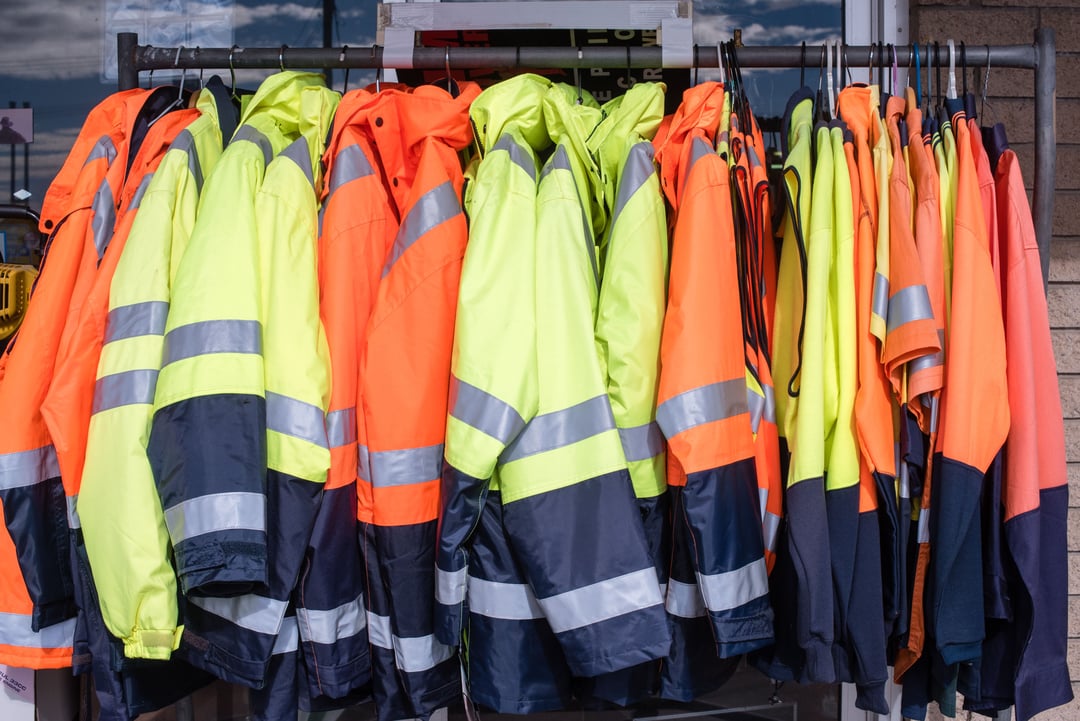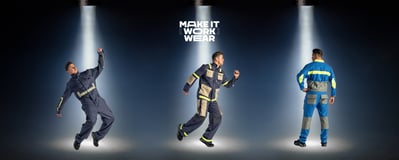A while back, I had an appointment with a Health and Safety manager from a company in the metal industry. Many of his colleagues are involved in activities where they encounter risks concerning molten metal, flames and heat on a daily basis. I soon determined that those employees wore regular workwear instead of protective workwear. They did not see it as a big problem, because there had never been an accident. The Health and Safety Manager had provided his employees with regular workwear for many years. I was shocked that this Health & Safety manager was not fully aware of the risks and the difference the type of workwear could make. To help you prevent these kinds of situations, I will tell you about the difference between regular workwear and protective clothing.
What’s the difference between regular workwear and protective clothing?
It is easy to get confused by the different terms that you encounter as a Health and Safety manager. So let’s start by getting the definitions straight.
Protective clothing refers to clothing that complies with certain safety standards that are in line with the risks that your employees face in their unique work environment. When your employees can be exposed to electrical arc, for example, their protective clothing needs to comply with IEC 61482-2. When workers do welding activities, just like the German company I visited, their clothing needs to comply with EN ISO 11611, the norm for welding and related activities. Read everything about protective clothing here.
Regular workwear refers to clothing that is worn in the work environment - such as coveralls - that does not have to comply with protective clothing norms.
In general, protective clothing is more expensive than regular workwear because the materials used in order to achieve the right protection levels are just more expensive than the most commonly used basic polyester and cotton blends for general workwear. These materials can have inherent properties like we see in modacrylics and aramids or they can undergo a chemical treatment that gives them their protective properties. In other words, higher protection levels require more sophisticated solutions that logically have a higher cost.
Why protective clothing is a must for companies that take safety serious
Safety regulations in the industrial sector have become more strict over the years. Nevertheless, there are still a lot of companies that are not aware of the level of protection their workers need. They choose to provide their workers with regular workwear, while these garments do not cover the risks they encounter on a daily basis. This is not only life-threatening for their workers but could also result in fines from security organizations.
The best way to discover which level of protection your workers need is to conduct a risk assessment. It will tell you if your workers need high visibility garments, anti-static clothing, or clothing that protects against risks like flames and heat, arc flash or chemical splash.
Protective workwear is like an insurance
Truth is: the German Health and Safety Manager has been extremely lucky that his colleagues never had an accident while wearing regular workwear. Protective clothing is like an insurance: you hope you do not need one, but if something happens you are grateful that you do. Especially when it comes to safety in the work environment! Fortunately, TenCate Protective Fabrics has now partnered up with the German company to search for a suitable protective clothing solution and make sure their employees are fully protected at work.
Are your employees truly protected?
Does your current workwear offer protection against (life)threatening risks? If you are hesitant about this, I strongly advise you to conduct a risk assessment for your organization. For guidance on how to conduct a proper risk assessment, please read the Directive 89/391/EEC provided by the European Commission. In the meantime, I would like to invite you to boost your knowledge with this industry trends whitepaper. Being informed about the latest trends when it comes to protective clothing will benefit your safety culture developments. Peter van Barneveld, Product Manager Industrial Safety, brings you up to date with these 6 industry trends: download it here.



![6 Industry trends [EN]](https://eu.tencatefabrics.com/hs-fs/hubfs/EU%20-%20Images%20website/EU%20-%20Mock-up%20nieuwe%20afmetingen/6%20Industry%20trends%20%5BEN%5D.png?width=170&name=6%20Industry%20trends%20%5BEN%5D.png)










